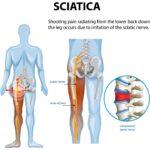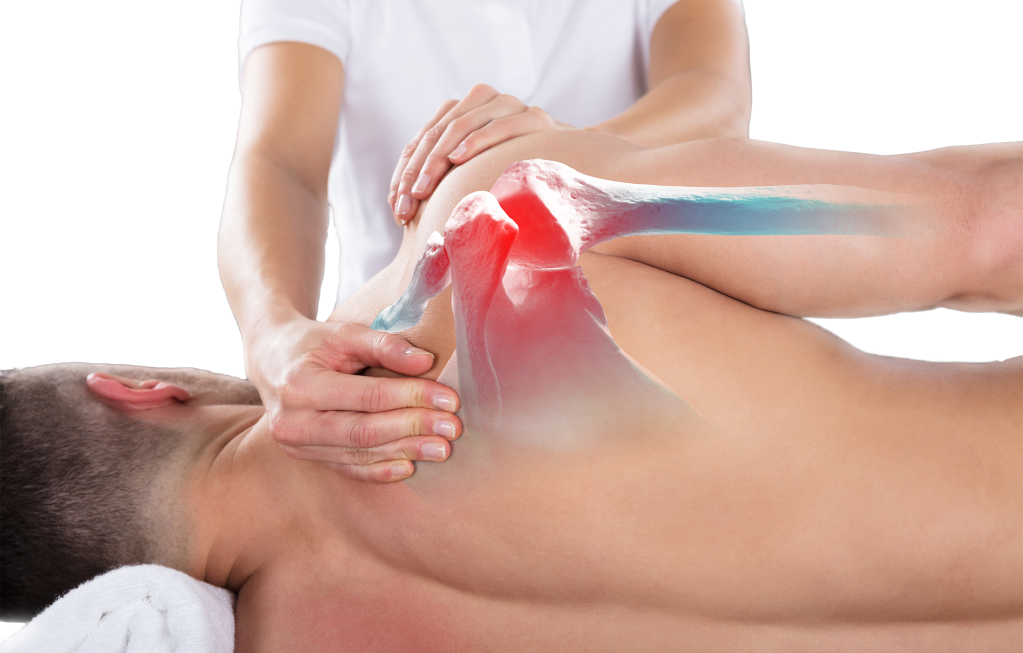Lower back pain is one of the most common health issues faced by people across all age groups. Whether you’re someone who spends long hours sitting at a desk, an athlete pushing physical limits, or simply aging gracefully, the chances are that you’ve experienced lower back pain at some point. While the pain may range from mild discomfort to intense agony, the real challenge lies in selecting the right lower back pain treatment that suits your body, lifestyle, and medical condition.
There is no “one-size-fits-all” solution when it comes to treating lower back pain. What works for one person might not work for another. The good news is that there are several treatments available — both medical and non-medical — that can help you manage or even eliminate your pain. The key is to understand the root cause of your discomfort and then select the treatment that aligns with your specific needs.
In this article, we’ll break down the types, causes, and symptoms of lower back pain and provide insights into how to choose the most suitable treatment for your condition.
Understanding Lower Back Pain: Types and Causes
Before diving into treatment options, it’s essential to understand what you’re dealing with. Lower back pain can be classified into two main types:
1. Acute Lower Back Pain
- Sudden onset
- Usually lasts a few days to weeks.
- Often the result of an injury, poor posture, or strenuous activity
2. Chronic Lower Back Pain
- Lasts for 12 weeks or longer
- It may come and go.
- Often related to underlying conditions like arthritis, disc problems, or structural issues.
Common causes include:
- Muscle or ligament strain
- Herniated or bulging discs
- Degenerative disc disease
Knowing the cause is crucial, as it influences your choice of lower back pain treatment.
Step-by-Step Guide to Choosing the Right Treatment
Identify the Source of Your Pain
The first step in choosing the right treatment is to identify the root cause of the pain. Is it muscular, skeletal, nerve-related, or due to an underlying health condition?
Tip: Keep track of when the pain occurs — is it worse in the morning or after sitting too long? Does it radiate down your leg? Is it sharp, dull, or throbbing? These observations will help your doctor diagnose the issue accurately.
Consult a Healthcare Professional
Although self-care can help manage mild back pain, consulting a doctor, physiotherapist, or orthopedic specialist is critical when:
- The pain has persisted for more than a week.
- It interferes with daily activities.
Exploring Treatment Options: Medical & Non-Medical Approaches
Let’s look at various treatment paths available and who they’re most suitable for.
1. Physical Therapy and Exercise
Best for: Muscular strain, postural issues, chronic pain, post-surgical recovery
Physical therapy is often the first line of treatment. A trained physiotherapist will guide you through stretches, strength-building exercises, and posture correction methods.
Why it works:
- Improves mobility and flexibility
- Strengthens back and core muscles
- Reduces future injury risk
Pro Tip: Stick to a personalized routine created by a professional rather than generic YouTube videos.
2. Medication
Best for: Acute pain, inflammation, nerve-related pain
Common medications include
- Over-the-counter pain relievers (ibuprofen, acetaminophen)
- Muscle relaxants
- Anti-inflammatory drugs
- Nerve pain medications
- Prescription opioids (only for severe, short-term cases)
Caution: Long-term use of medication can lead to dependency or side effects. Always consult your doctor.
3. Hot and Cold Therapy
Best for: Muscle spasms, inflammation, and minor strains
How it helps:
- Cold packs reduce swelling and sharp pain.
- Heat packs improve blood flow and relax stiff muscles.
- Apply for 15–20 minutes a few times a day for relief.
4. Chiropractic Care
Best for: Misalignments, herniated discs, joint restrictions
Chiropractors use spinal manipulation and manual adjustments to improve alignment and relieve pressure on nerves.
What to expect:
- A physical assessment
- Hands-on adjustments
- Advice on posture, ergonomics, and stretches
5. Acupuncture
Best for: Chronic pain, stress-related tension
This ancient Chinese practice involves inserting fine needles at specific points to release endorphins and balance energy flow.
Scientific support: Studies show acupuncture can provide effective relief, especially for chronic lower back pain.
6. Yoga and Stretching
Best for: Flexibility, muscle balance, stress-related pain
Gentle yoga poses can improve posture, strengthen the spine, and promote relaxation.
Important: Always inform your instructor about your condition.
7. Lifestyle Changes
Sometimes, the simplest changes can have the biggest impact:
- Improve your posture: Use ergonomic chairs and avoid slouching.
- Stay active: Avoid long periods of sitting.
- Lose excess weight: Reduce pressure on your spine.
- Sleep supportively: Use a firm mattress and sleep on your side or back.
8. Interventional Procedures
Best for: Severe cases, when other methods fail
Options include
- Steroid injections
- Nerve blocks
- Radiofrequency ablation
These are minimally invasive procedures designed to target the source of the pain and offer longer-term relief.
9. Surgery (Last Resort)
Best for: Serious structural issues like spinal stenosis, disc rupture, or instability
Types of surgery:
- Discectomy
- Laminectomy
- Spinal fusion
Note: Surgery is recommended only when conservative treatments have failed and the quality of life is severely affected.
Tailoring Treatment to Your Needs
Choosing the right lower back pain treatment requires careful consideration of multiple factors:
1. Your Pain Level
- Mild: Try stretching, hot/cold packs, and OTC painkillers.
- Moderate: Add physical therapy or chiropractic care.
- Severe: Seek professional diagnosis and advanced treatment.
2. Your Age and Health
Younger individuals may recover faster with physical therapy, while older adults may need more structured care plans due to degenerative conditions.
3. Your Lifestyle
If you have a sedentary job, ergonomic adjustments and regular stretching breaks can be key. Athletes may benefit from sports-specific physical therapy.
4. Your Budget and Access
Some treatments, like acupuncture or chiropractic care, may not be covered by insurance. Always check beforehand and explore home-based solutions if needed.
Prevention Is the Best Cure
Once you’ve found a treatment that works, the next step is to prevent recurrence. Follow these guidelines:
- Practice proper lifting techniques.
- Maintain a strong core.
- Stay active, but avoid sudden, extreme movements.
- Don’t ignore early signs — treat pain while it’s still manageable.
When to Seek Immediate Medical Help
While most back pain can be treated conservatively, you should seek urgent medical attention if:
- There’s unexplained weight loss.
- You have a fever alongside back pain.
- Pain follows a serious fall or accident.
- You lose bladder or bowel control (may indicate cauda equina syndrome).
Conclusion
Finding the right lower back pain treatment doesn’t have to be overwhelming. By identifying the cause of your pain, consulting professionals, and trying out various treatment methods — from physiotherapy to lifestyle changes — you can take control of your health and live more comfortably.
Remember, what works for someone else may not work for you, so stay patient, informed, and proactive. Lower back pain might be common, but with the right treatment plan, it doesn’t have to become a permanent part of your life.












